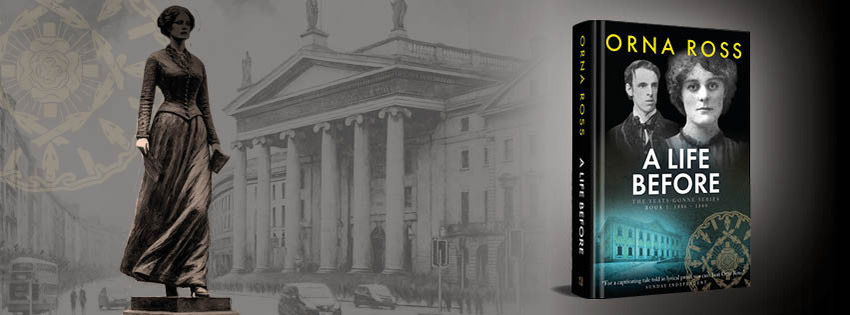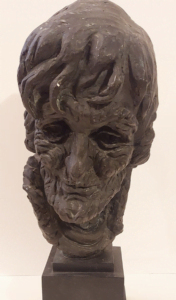Maud Gonne, an extraordinary figure in Irish history, has received some acknowledgement for her contributions to Ireland's political and cultural landscape. As an ardent nationalist, suffragist, and muse to W.B. Yeats and many others, Gonne's legacy is profound and multifaceted. Dublin, a city rich in history and art, pays tribute to her through various exhibits in museums and art galleries. Yet, despite these acknowledgments, a public statue is conspicuously absent.
She can already be found in a large collection of photographs in the National Library of Ireland and in pictures and busts in Dublin's art galleries and museums. The presence of existing tributes highlights an enduring interest in her legacy, but a street monument would serve as a unique and powerful testament to her lasting impact.
Maud Gonne in Dublin Museums and Art Galleries
Maud Gonne at The National Gallery of Ireland:
- Portrait in oils by Sarah Purser (c.1889)
- Pastel drawing by Purser (1898)
- Pencil and watercolour drawing by J. B. Yeats (1907)
- Chalk and charcoal drawing by Seán O'Sullivan (1929)
Maud Gonne at The Hugh Lane Gallery of Modern Art:
- Oil portrait by Sarah Purser.
- Plaster bust by Laurence Campbell in bronze that inspired Yeats great poem, A Bronze Head (“…who can tell/Which of her forms has shown her substance right? Or maybe substance can be composite…”)
Maud Gonne at Kilmainham Jail Museum
- Bust by Helen Hooker O'Malley, donated to Kilmainham Gaol by Hooker O'Malley's daughter, Étaín.
With all of these already in existence, do we really need a street statue too?
Yes, we do.
These tributes are invaluable, providing educational insights and preserving Gonne's legacy for future generations. They allow us to appreciate the depth and range of her contributions. However, these exhibits, confined within the walls of museums, reach only those who actively seek them out.
We need her to be visible, not tucked away in a museum or gallery.
Maud Gonne: Street Statue in Dublin
Street statues hold a unique, invaluable place in public art, offering interaction with the community that busts in museums or pictures in art galleries can't achieve. They democratize the experience of art by bringing it directly into the public sphere and they engage a diverse audience.
For a figure as significant as Maud Gonne, a statue would not only commemorate her legacy but also embed itself into the daily life of Dublin's residents and visitors.
A statue of Maud Gonne would:
- Elevate Visibility: While museum exhibits attract specific audiences, a public statue would ensure Gonne's legacy is recognized by a wider, more diverse group of people. It would be a constant, tangible presence in the city.
- Inspire Future Generations: Public monuments often become sources of inspiration, particularly for the younger generation. A statue of Gonne could inspire a new wave of activists, artists, and thinkers.
- Celebrate Female Strength and achievements: Dublin's statues predominantly celebrate male figures. Erecting a statue of Maud Gonne would help balance this representation, celebrating the vital role women have played in Ireland's history.
- Cultural Enrichment: Public art enhances the cultural fabric of a city. A statue of Maud Gonne would add to Dublin's rich tapestry of historical monuments, enriching the city's cultural heritage.
- Permanent Tribute: Unlike museum exhibits that may be temporary or subject to change, a statue is a permanent tribute. It would symbolize a long-lasting recognition of Gonne's contributions to Ireland.
We want to see Maud Gonne in an accessible, everyday environment, integral to the cultural and social fabric of a city, serving as a landmark, a meeting point, and catalyst for public discourse, enjoying public recognition and integrated into the daily lives of passers-by–Dubliners and visitors.
The essence of her activism was public, aimed at The People. She was known for her public speaking, participation in public protests and processions, and her direct, public engagement with the community.
From the marches against Queen Victoria's jubilees to “The Mothers” processions of her old age, Maud Gonne's activism saw her pace the streets in protest. Up on soap boxes and orange boxes, preaching and teaching, impassioned to the end.
A monument to her on the streets of Dublin would physically connect her legacy to the locations where she made most impact, linking her commemoration to the sites of her speeches, protests, and public engagements.

